Stunning Landscapes and Rich Alpine Culture in the Dolomites
Years ago, we drove through the Dolomites region of Italy on our way from Milan to Munich. Even though we just drove through and didn’t stop, I was struck by the beauty of the area and made a mental note that I needed to return some day to see more of it.
Thirty years later, we finally made it back. It was worth the wait!
Like the Alps, but Different
Technically part of the Southern Limestone Alps, the Dolomites are different from the surrounding ranges from the presence of carbonate in the mineral structure of the rocks. This gives the mountains a lighter color than limestone, and a different look and feel. The combination of volcanic and dolomitic rocks and erosion has created unusual shapes of jagged ridges, pinnacles, gorges, and steep rock faces. The end result is a strikingly beautiful landscape.
Our week in the Dolomites was filled with vistas of impossibly green little valleys, vineyards and apple orchards everywhere, surrounded by sheer towering limestone cliffs. Sprinkled throughout were charming little villages, looking very much like the alpine villages of Switzerland and Austria.
This is Italy, so why are they speaking German?
Most of the Dolomite range lies within the Italian province of Alto Adige/Südtirol. Until World War I, the province of Südtirol was part of the Austro-Hungarian Empire. The majority of the local inhabitants, Tyroleans, were German-speaking. Italy, however, wanted Südtirol for themselves. They made a deal with the French and English to enter the war against the Empire in exchange for acquiring Südtirol if they were victorious. The Dolomites area became the front lines for the Italians in their war against the Austrians and today there are a number of war museums commemorating that part of their history.
Following the war, Südtirol was officially annexed by Italy in 1919 and was renamed Alto Adige.
With the rise of Mussolini and Fascism in Italy, German language and education was outlawed. The blue apron, a traditional part of many peoples’ daily wear, became a symbol of identity and unity against the fascist regime. Finally, in 1992, the province became Autonomous and officially reintroduced their old language and culture. Now, children in the province have the choice of attending German or Italian schools, and all the signage you see in the area is in both German and Italian.
A Summer and Winter Playground
The Dolomites are one of the most popular outdoor recreation areas in all of Europe. In the summer, mountaineering, hiking, biking and paragliding are just some of the activities available. Hundreds of well marked and maintained hiking trails offer everything from an afternoon stroll to strenuous multi-day treks.
In the winter, skiing is the big draw, with dozens of lifts and hundreds of runs within a compact area to satisfy every level of skier. Cortina D’Ampezzo, one of the main winter resort towns of the Dolomites, is co-hosting the 2026 Winter Olympics, along with Milan.
Final Thoughts
We spent one week hiking the mountains, and going from village to village, with a small group organized by Backroads Travel. We started each morning with a choice of easy, medium and strenuous hikes for our day’s outing. Whichever route we chose, we had expert guides along the way and our bags were waiting for us at the evening’s final destination.
The hiking was fantastic, the scenery incredible, and the food and lodging along the way superb. But what took the whole experience to another level were our local guides, Aitor Galdos Arija and Evelin Heuschreck. Thanks to them, we were able to get real insight into the people and culture of this fascinating little corner of the world.
It was a first-rate experience in every way, and I can’t recommend Backroads highly enough.

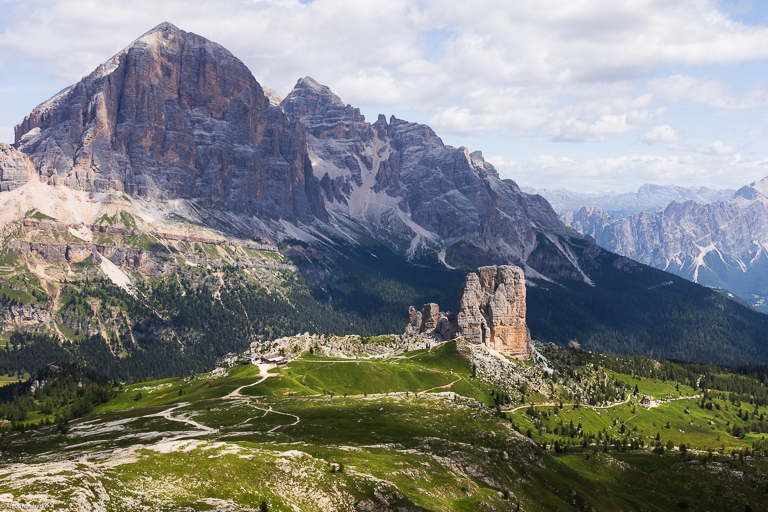
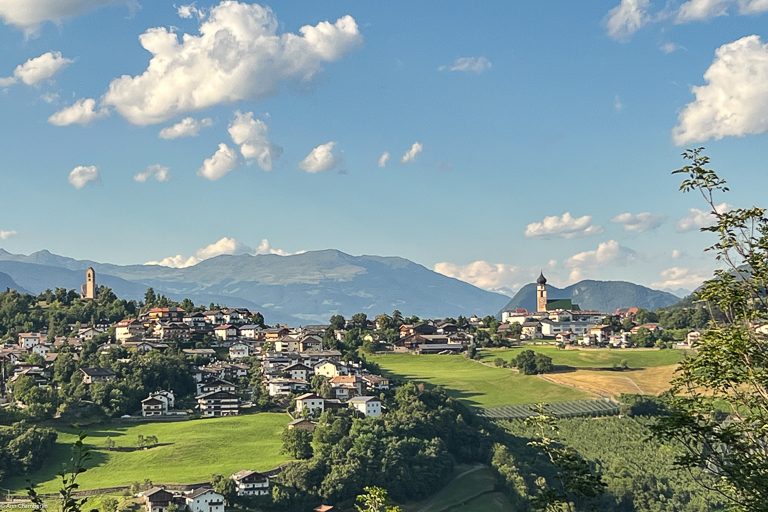
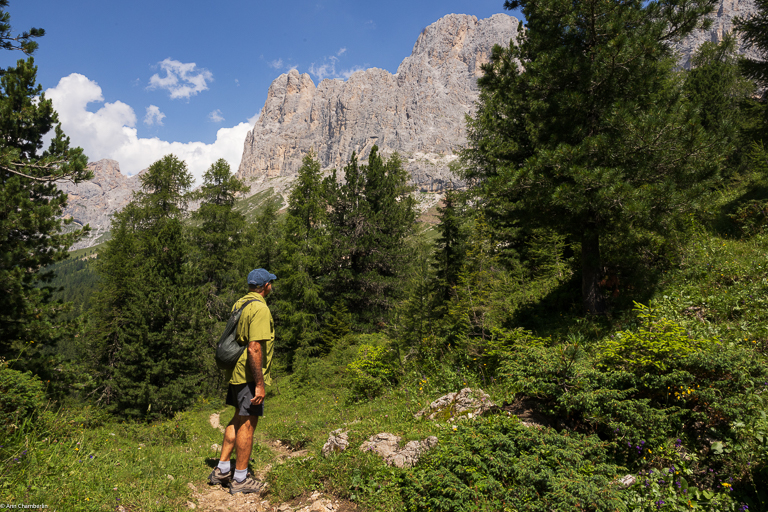
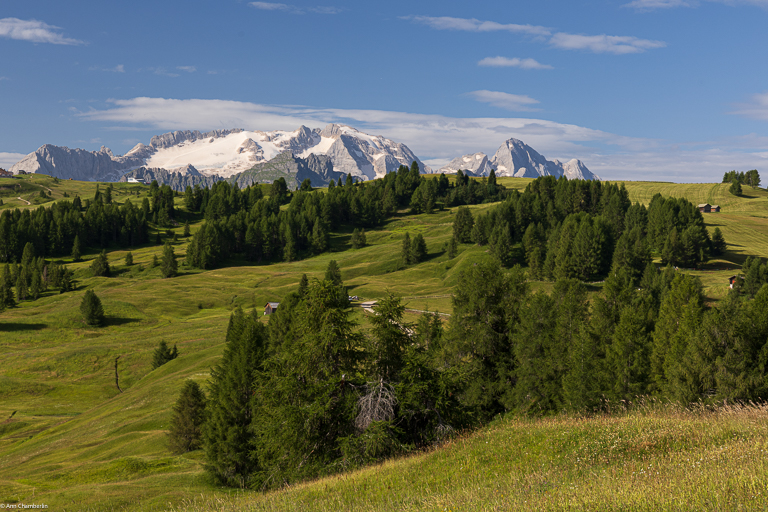
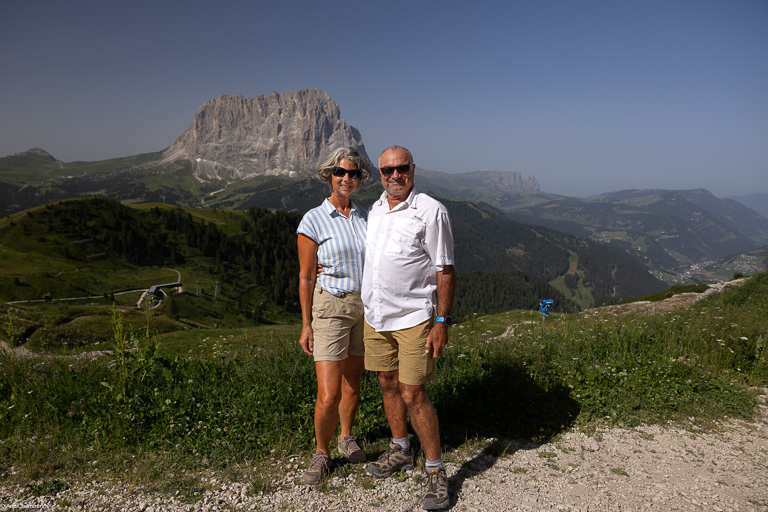
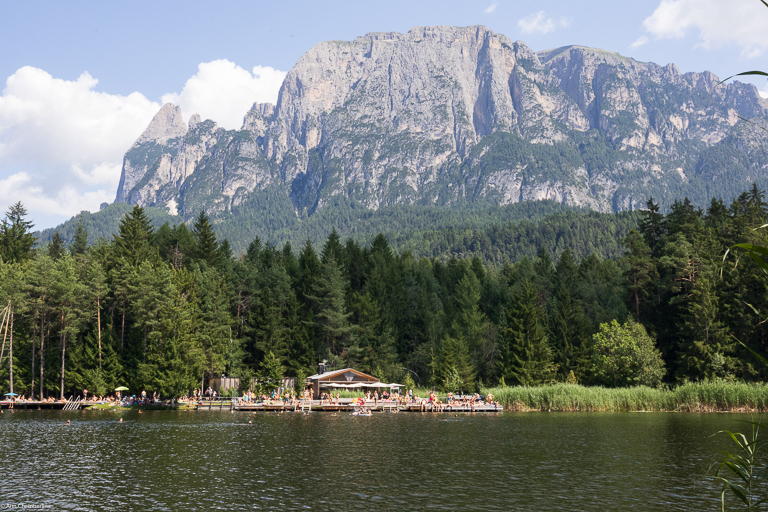
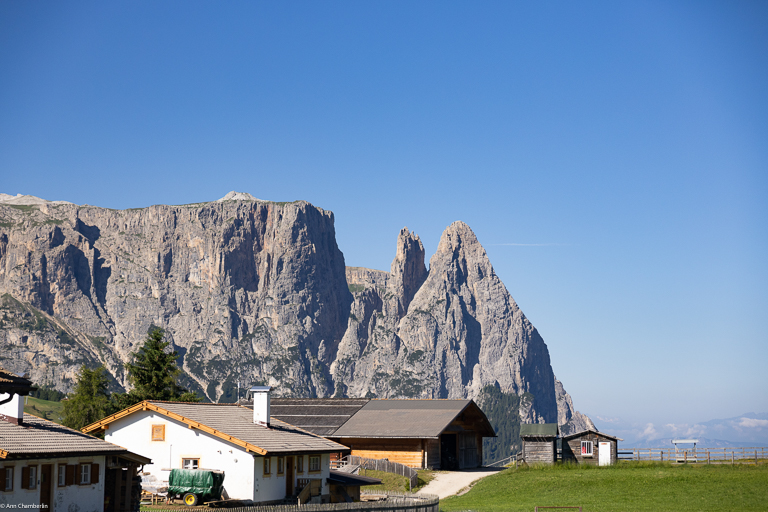
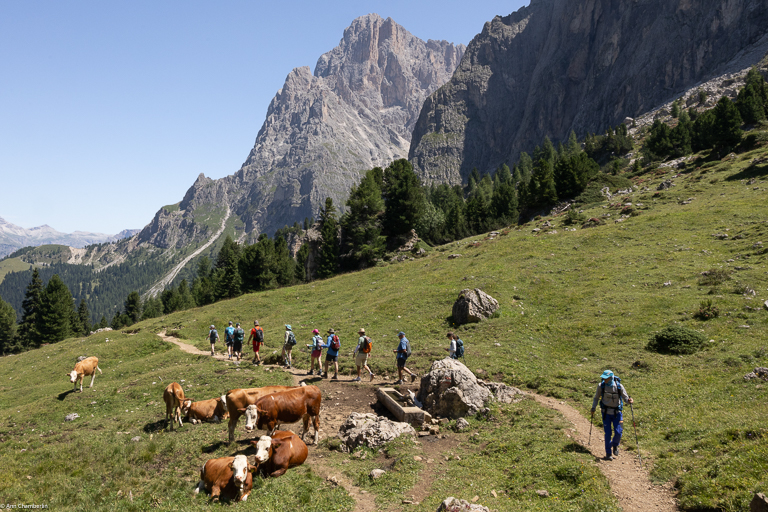

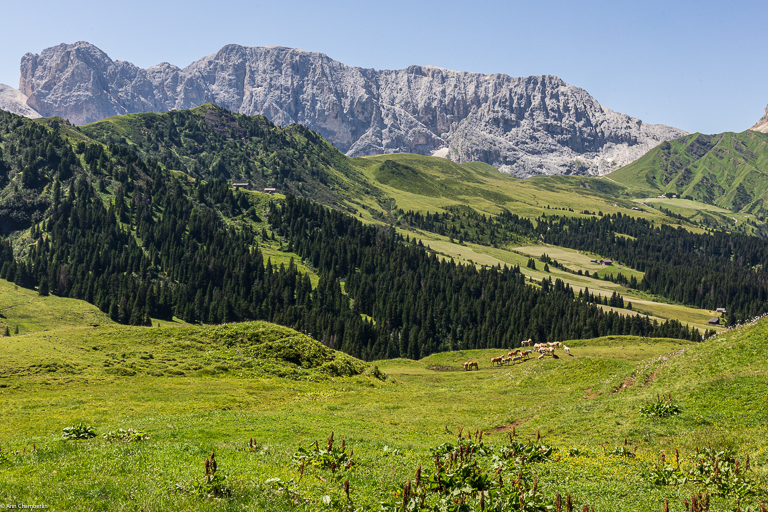

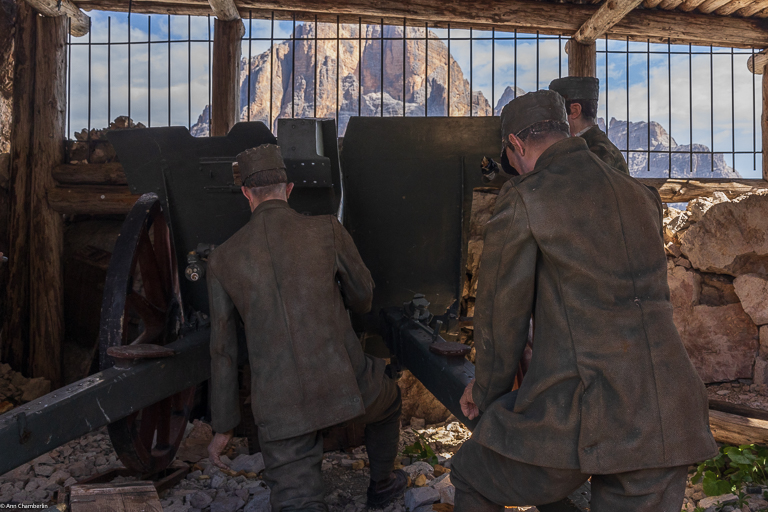
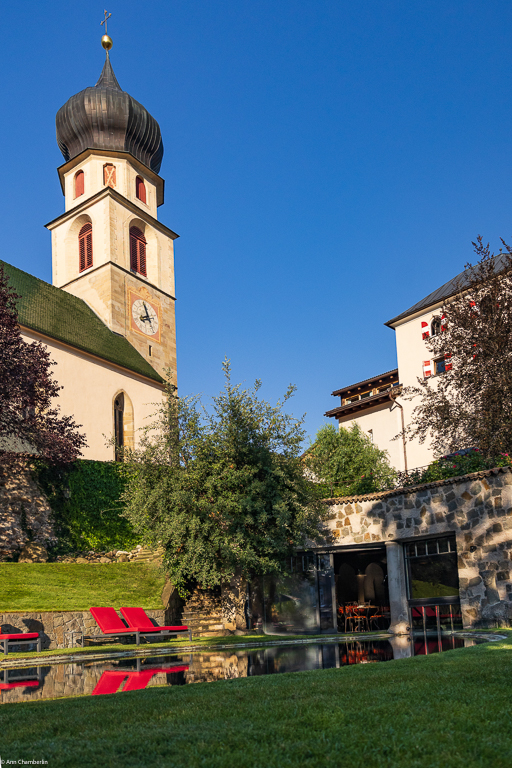

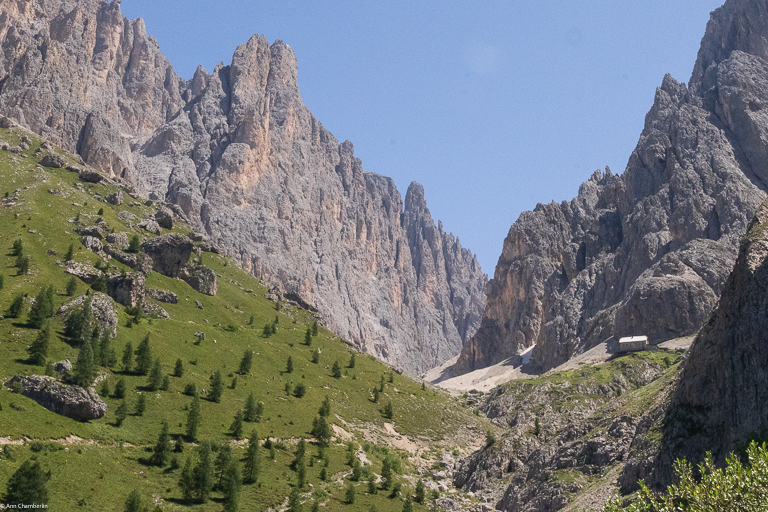

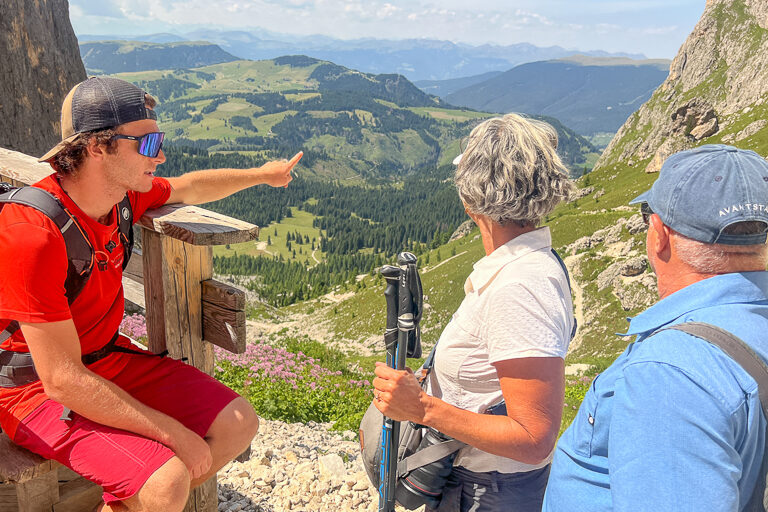

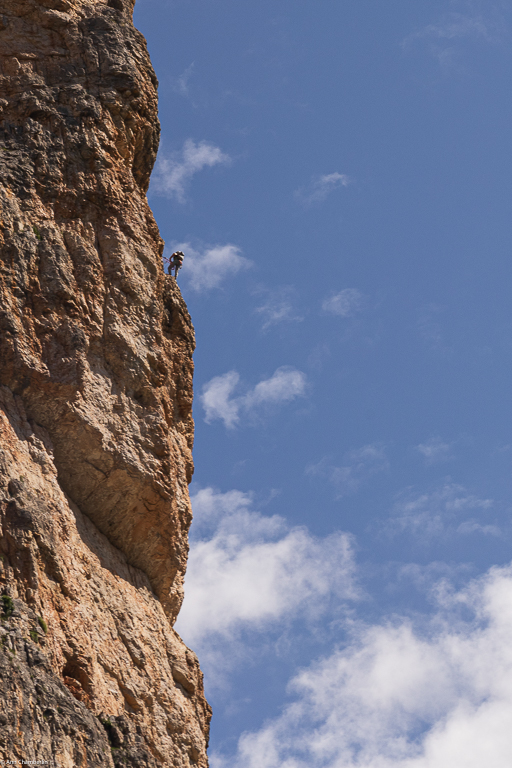
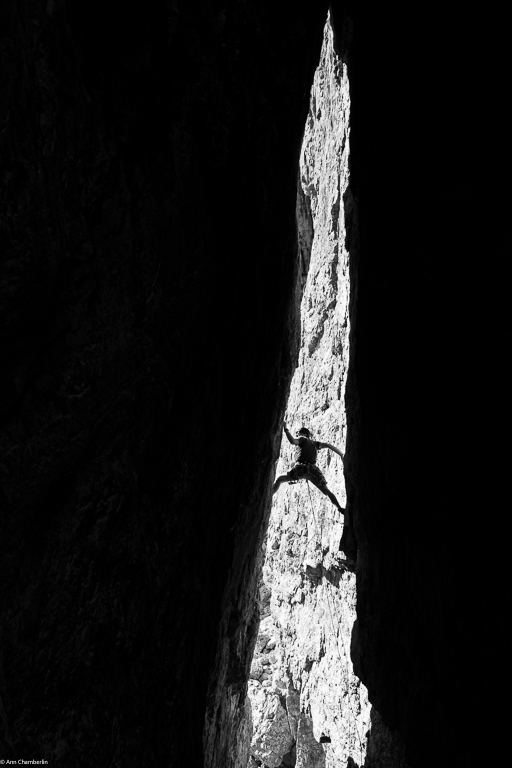
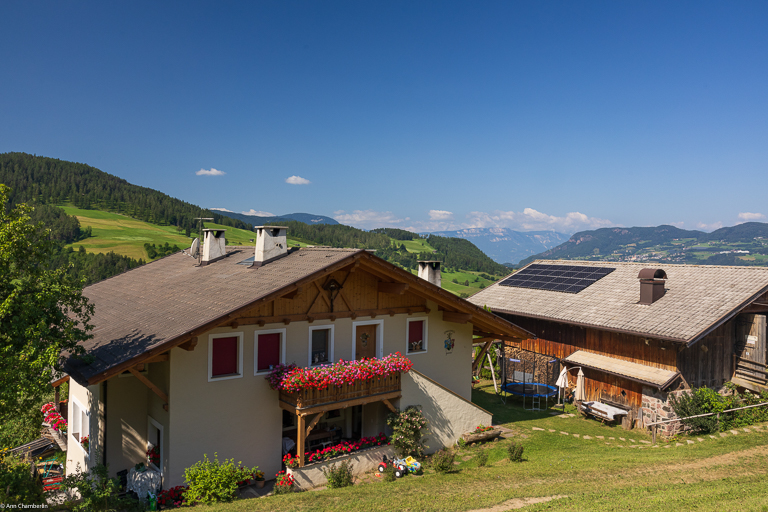


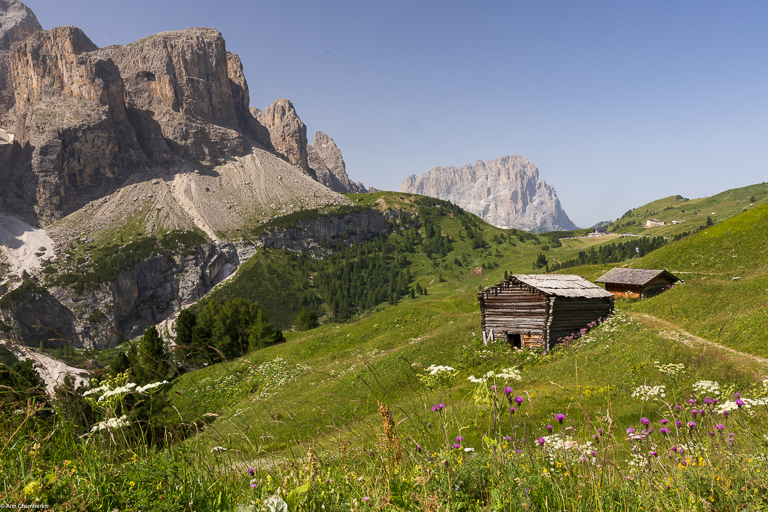

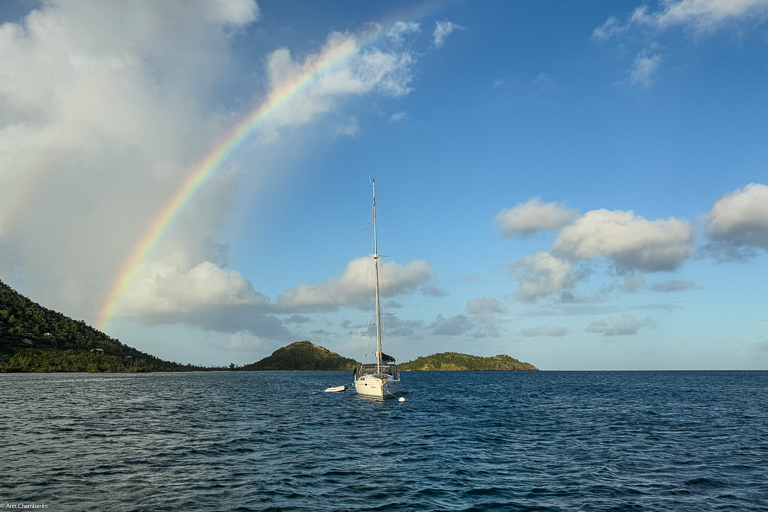
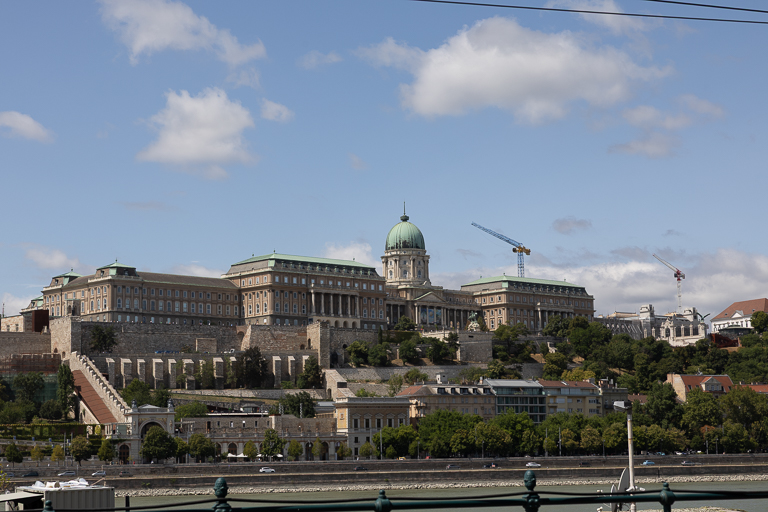
gail gelles
So interesting- loved it
thank. you